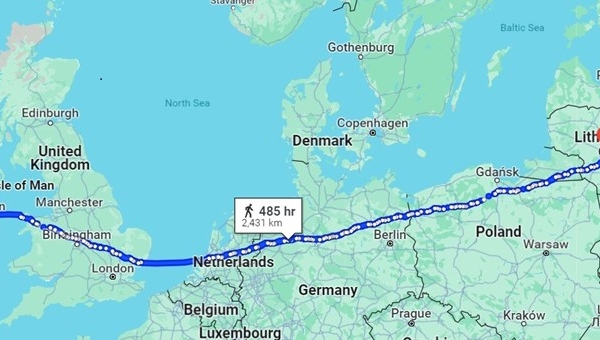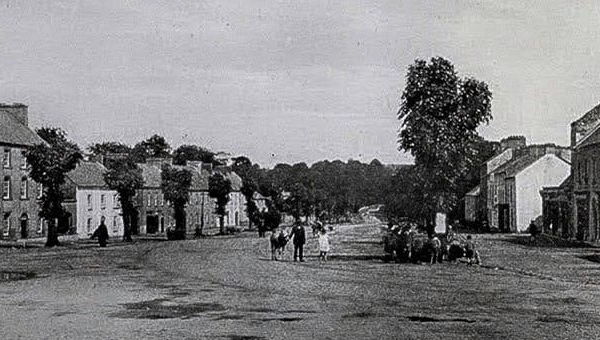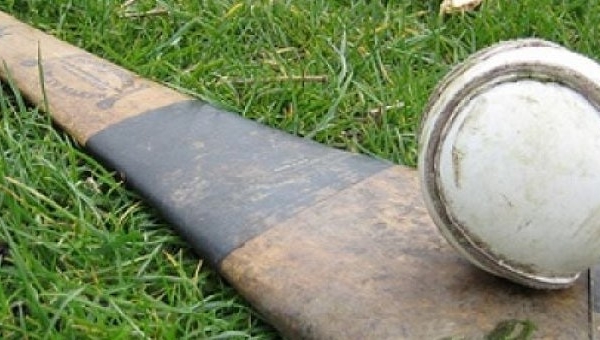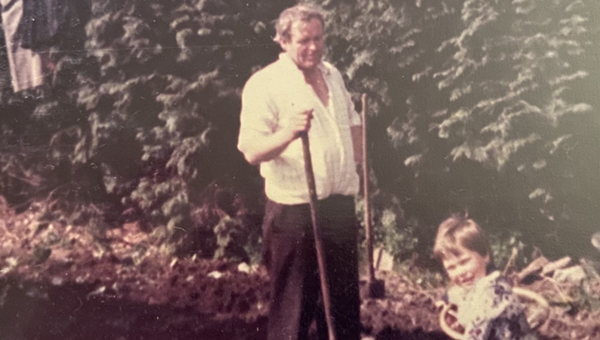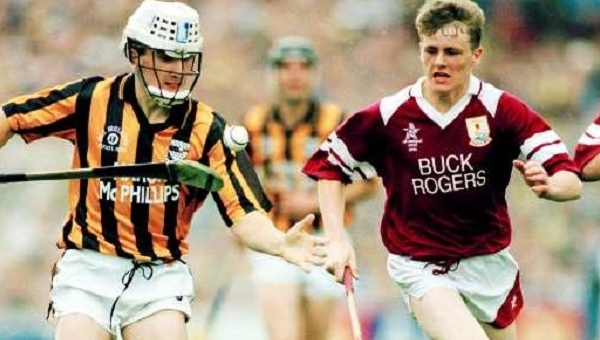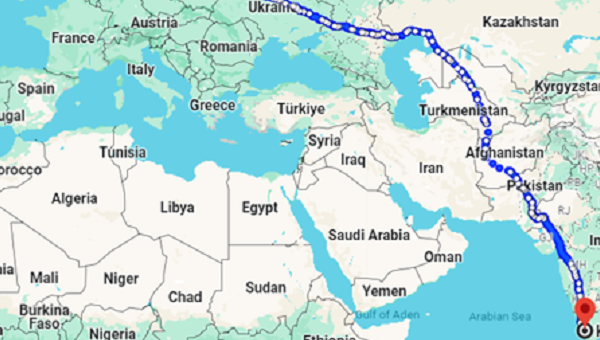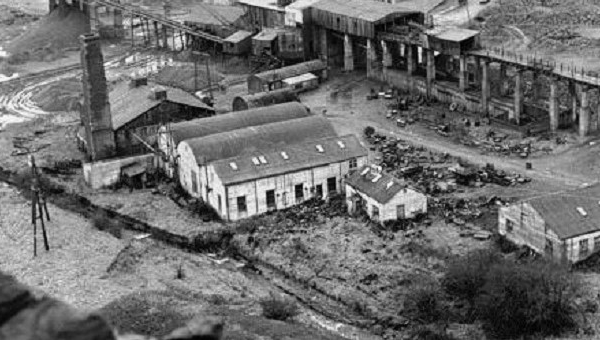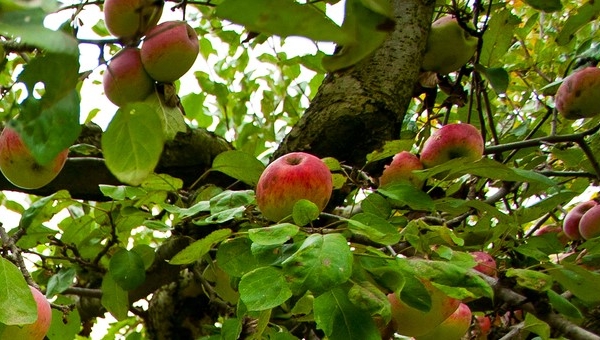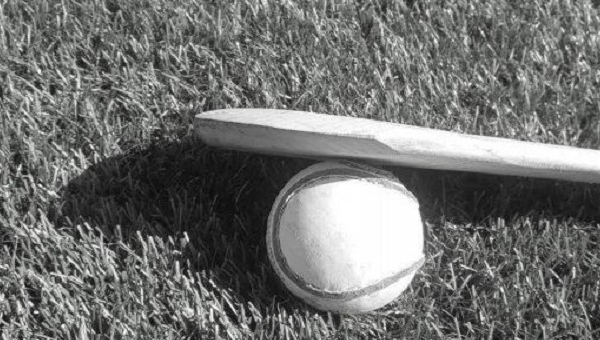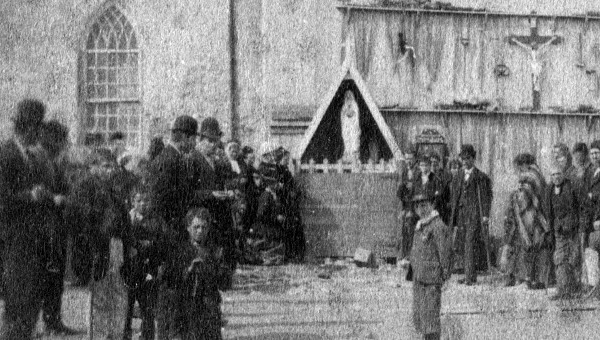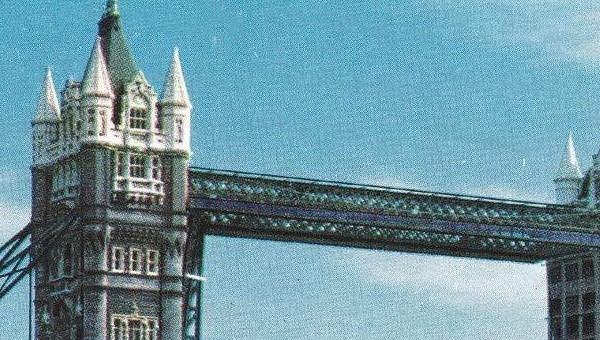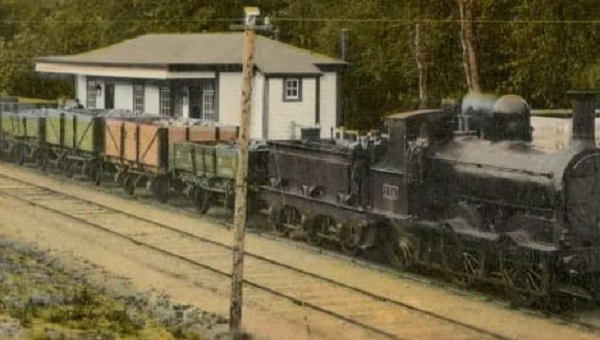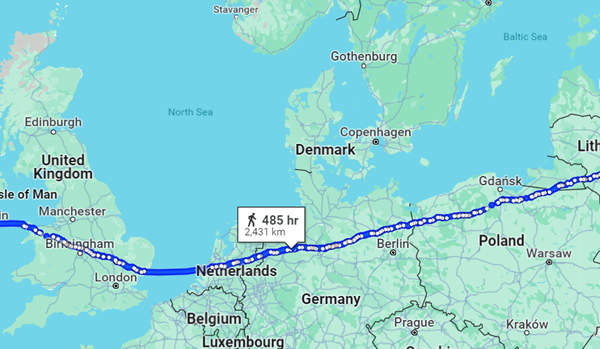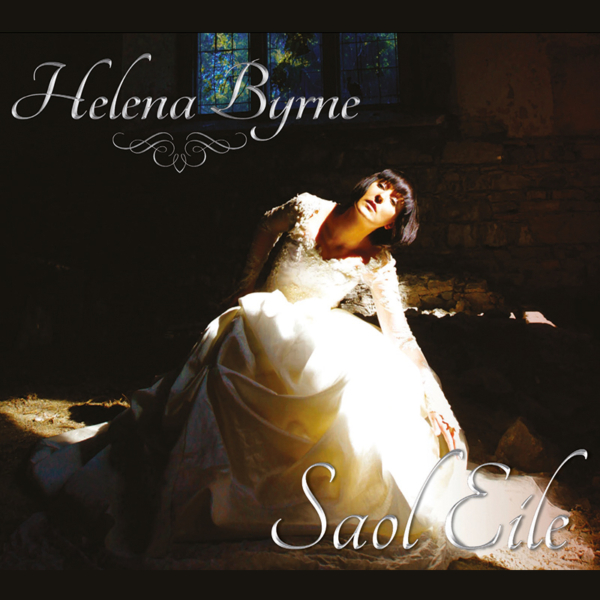Interview with my Granny Mary & Grand-Aunt Anna
By Sarah O’Gorman, 6th Class
Nowadays people shop in big shopping chains such as Dunnes, Lidl, Aldi, Tesco or Supervalu. All of those massive supermarkets with hundreds of people there at once, but you can end up doing no socialising. Although it may seem better than shops of the past, shops of the past had something magical. The magic of people and friends. And today I will tell you about my Granny Mary and Grand-Aunt Anna’s shop of the past.
Firstly, the shop first opened in 1932 and closed in 1970. It was first opened by my great granny and then passed onto my granny Mary and grand aunt Anna. The shop was located in Kilkenny Street and was the main shop in Castlecomer at the time but there was still rivalry within the shopkeepers. They also told me about the loyalty between shopkeepers such as how a shopkeeper wouldn’t steal another’s shop customer which is very different in shops now.
The opening hours of the shop was 9 – 6 from Monday to Thursday, Fridays were opened at 9am and closed at 8pm and Saturdays they were opened from 9am to 9pm and finally on Sundays the women would leave in their orders before 8 o’clock mass and after mass you would collect your shopping with a cup of tea. At the time a local shop was where you got all the gossip.
Secondly my Granny told me that 50% of houses in the Spik and with 40 houses in Maryville 66.667% of them dealt in the shop and majority of farmers from Lisnafunchin, Conahy, Newtown and Muckalee also shopped there. My Granny and Grand Aunt shop was named T.Deevy and it was a grocery shop, so it sold almost everything from vegetables, to tea and coffee and bread, all meat and porridge.
As they were growing up their Mam was always working in the shop with one other person and when Anna and Mary came they had to do little jobs in the shop before going out to play with their friends.
One of the biggest differences between shops then and now is credit. Credit is when a customer will buy what they need and won’t pay until the next time they come and in the past they kept a “credit book”.
A credit was used to keep track of how much people owed them. Credit is a bit like keeping a tab. So the shop wouldn’t get much cash until the weekend.
Another difference is how there was no electronics so all payment was in cash and you had to add the prices up in your head. Also everything you bought was by weight and a little trick that women used when buying things such as biscuit in a tin was picking biscuits out of the tin to bring down the weight and price.
I asked them why they closed down and they told me that they couldn’t compete with the supermarkets that took over in the 1970s. Anna also told me how the lady who worked with them had a separate book for her family and would charge them less so in the end they were losing money instead of making money forcing them to close down.
There was a lot of things done differently between now and then such as how when the miners went on strike and weren’t making money my granny and grand-aunt shop covered their cost for 11 months.
An old tradition of the shop was on Christmas Eve if you were buying stuff for Christmas day you got a brack for free with your shopping.
One of the toughest times during the running of the shop was the war and with the war came rationing. Everyone had a ration book. Families were only allowed to buy small amounts of tea, sugar, coffee and more based on the amount of coupons you had.
In conclusion, it really is true that shops of the past are magical, and something we should treasure and preserve.



